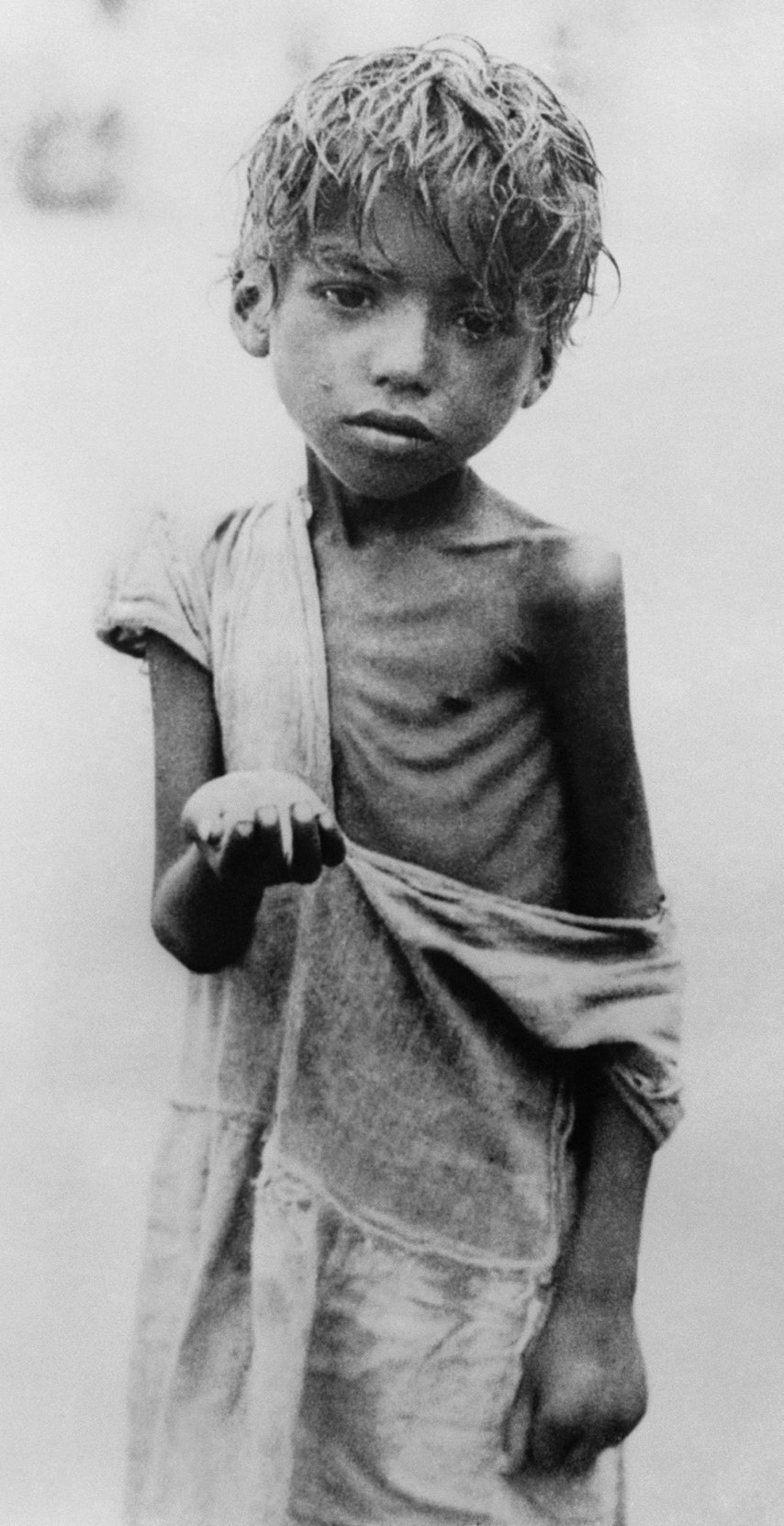
The Bengal famine figures highly among the worst disasters in modern times, alongside the Great Famine in Ireland (1845–49) and the Ethiopian famine (1983–85). More than three million people perished due to starvation, disease and displacement. This article explores the causes of this human tragedy.
Proper official recording of famines in India began under British rule in the nineteenth century. The colonial state followed the logic of Thomas Malthus, who stated that famines acted as natural checks on population growth and little to no state intervention could change that. By the late nineteenth century, however, the occurrence of famines in areas in India with fairly low population density disproved the wisdom of Malthusian theory.
Your organisation does not have access to this article.
Sign up today to give your students the edge they need to achieve their best grades with subject expertise
Subscribe




